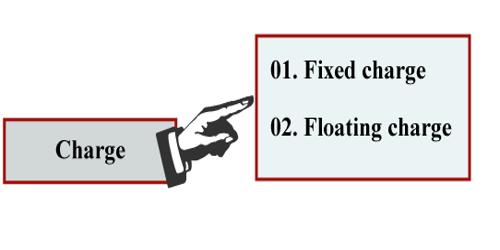Different Modes of Creating Charges
Charge means right of payment out of a certain property. In a charge, there is no transfer of interest or property. It is a right over some tangible asset of the borrower. It is a legal transaction as a result of which the lender acquires certain rights over the property and the borrower is refrained from dealing in them. In a charge there must be a notice to the subsequent transferees, otherwise, the charge is not effective as to the subsequent transferees.
Lord Justice Atkinson aptly explained charge as –
“I think there can be no doubt that where in a transaction for value both parties evince an intention that property existing or further shall be made available as security for payment of a debt and that the creditors shall have a present right to have it made available, there is a charge even though the present legal right which is contemplated can only be enforced at some future date, and though the creditor gets no legal rights of property, either absolute or special or any legal right to possession but only gets the right to have the security made available by an order of the court.”
A charge may be classified as: (1) a fixed charge, 2) a floating charge.
Fixed and floating charges give creditors security over a debtor’s assets.
Fixed charge: A charge is said to be fixed if it is made specifically to cover definite and ascertained assets of a permanent nature or assets capable of being ascertained and defined, e.g., charge on land and building or heavy machinery. It prevents the loan form dealing with the property charge without the consent of the charge holder. The company has no right to deal with the property, but subject to certain exceptions.
Floating charge: It is a charge on property which’ is constantly changing, e.g., stock. A company can deal with such property in the normal course of its business until it becomes fixed on the happening of an event. Thus, it is a charge on the assets of a company in general. The company can use or deal with the asset, until crystallization.
















